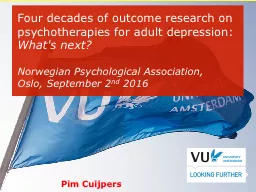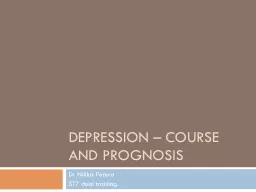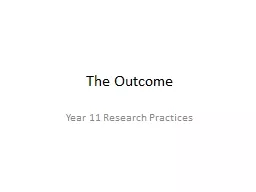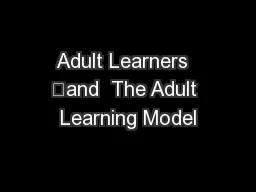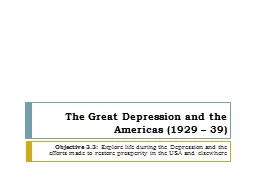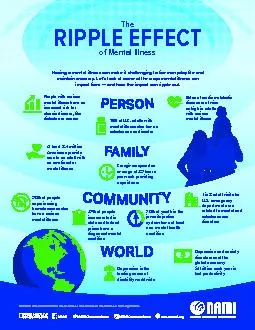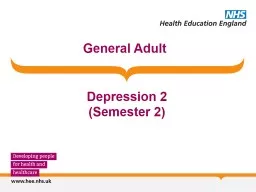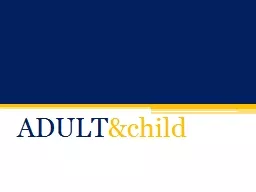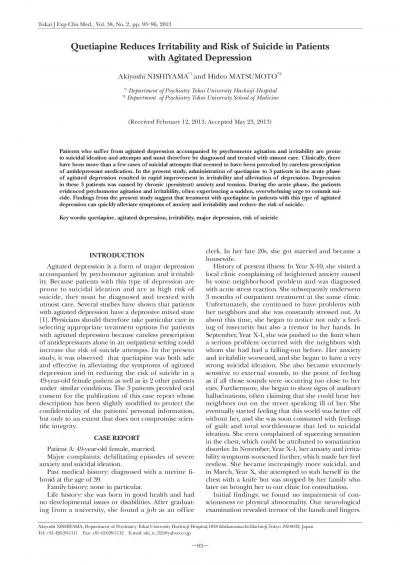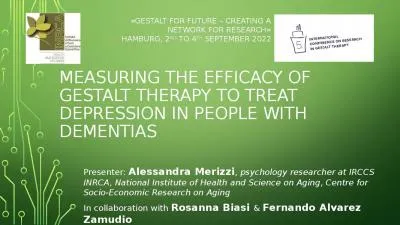PPT-Four decades of outcome research on psychotherapies for adult depression:
Author : SmoochieBoochie | Published Date : 2022-08-01
Whats next Norwegian Psychological Association Oslo September 2 nd 2016 Pim Cuijpers Overview What have we learned about psychotherapies for adult depression The
Presentation Embed Code
Download Presentation
Download Presentation The PPT/PDF document "Four decades of outcome research on psyc..." is the property of its rightful owner. Permission is granted to download and print the materials on this website for personal, non-commercial use only, and to display it on your personal computer provided you do not modify the materials and that you retain all copyright notices contained in the materials. By downloading content from our website, you accept the terms of this agreement.
Four decades of outcome research on psychotherapies for adult depression:: Transcript
Download Rules Of Document
"Four decades of outcome research on psychotherapies for adult depression:"The content belongs to its owner. You may download and print it for personal use, without modification, and keep all copyright notices. By downloading, you agree to these terms.
Related Documents

